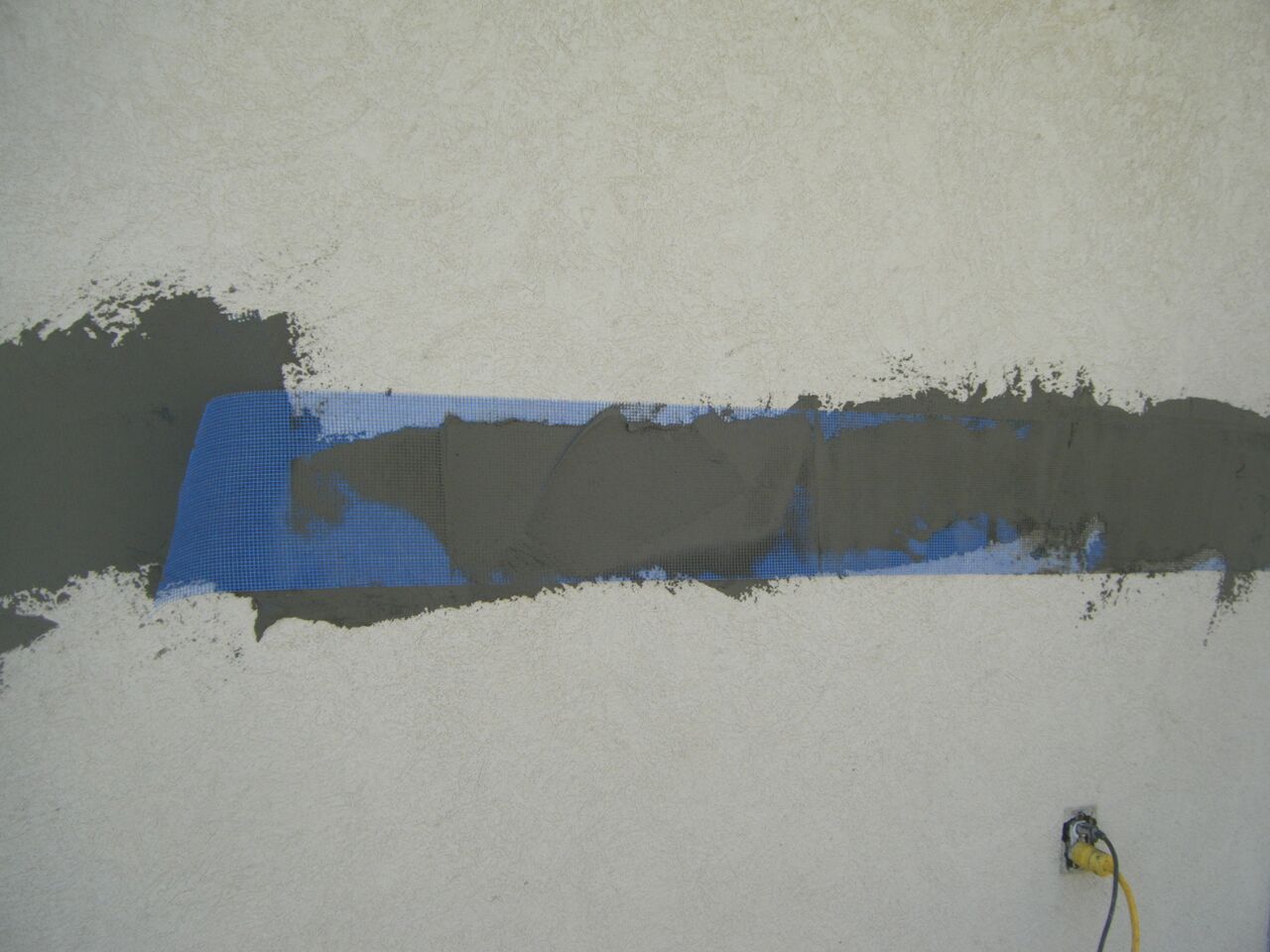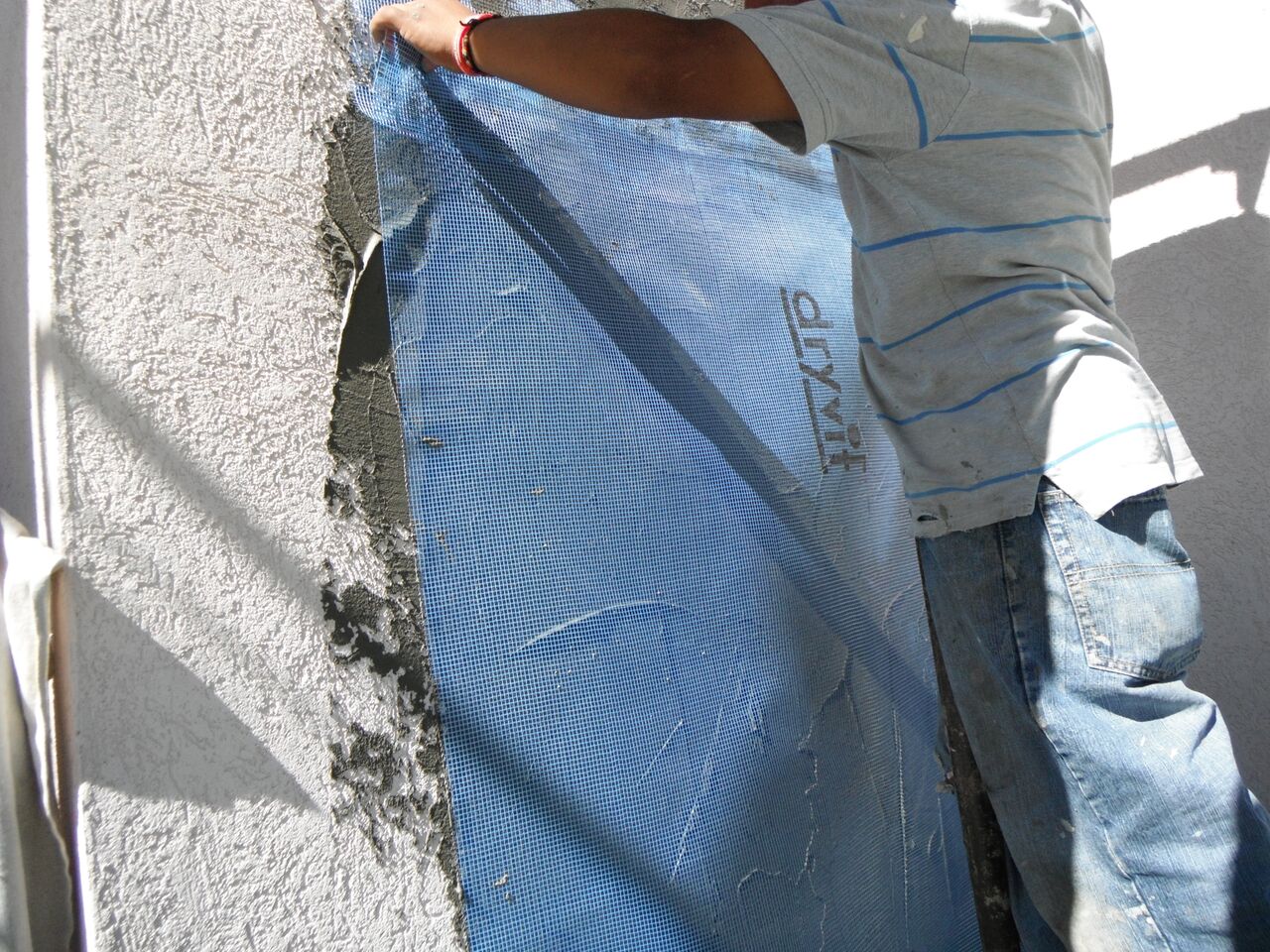
Cracks happen. You can’t avoid them with stucco, but if you act quickly, you can minimize damage — and the cost of stucco repairs.
Why does stucco crack? If it’s not due to something obvious, like an earthquake or a foul ball, you have to rely on some crack anatomy for your diagnosis.
Know your cracks. Here are four types and what should be done about each, if anything.
1. Hairline Cracks — As you can probably guess, if you’re going to have a crack, this is the best kind to have. Like an ER diagnosis of a painful ankle injury, a hairline crack is not serious. It’s about one-sixteenth of an inch wide and is common in new homes in particular. You’ll see fewer hairline cracks with older homes, built when 2-by-4s were actually two by four, and they were dried in a kiln before being used, so warping and twisting were minimized.

2. Patterned Cracks — If your stucco is cracked in even lines or squares, it’s most likely due to the lath underneath. If it wasn’t nailed down properly or somehow came loose, it can cause the stucco to crack this way. Although the only solution for this is to remove the stucco and reaffix the lath properly, this type of damage is usually found in isolated areas and doesn’t generally affect an entire wall.
3. Spider Cracks — You can likely imagine what these look like. Similar to spider veins and spider plants, spider cracks are long, twisted lines through your stucco finish. You never want to see these. They’re usually an indication that the installation was botched somehow — the stucco was improperly mixed, it was applied in less-than-ideal weather conditions and/or it dried too quickly. Your installer should be held accountable for a problem like this. It may be possible to fill the cracks with caulking and cover the entire surface with an elastomeric coating, but this doesn’t always work. Get an expert opinion, and don’t let your installer put you off or try to get away with a Band-aid fix.
4. Diagonal Cracks — You usually see these emanating from the corners of windows and doors, as with plaster. These types of cracks can signal more of a problem with your structure than your stucco. Diagonal cracking around openings is often related to shift or movement. If you have several of these, or if they are especially wide, you should get an inspection done to certify the integrity of your structure before you embark on any repairs.

If you see any cracks in your stucco, contact the experts here at Ram Builders. We can come out and let you know if your cracks are serious or merely cosmetic, and give you an estimate for repair. You don’t have to live with cracked stucco — call us today and start down the path to a smooth, crack-free exterior.




